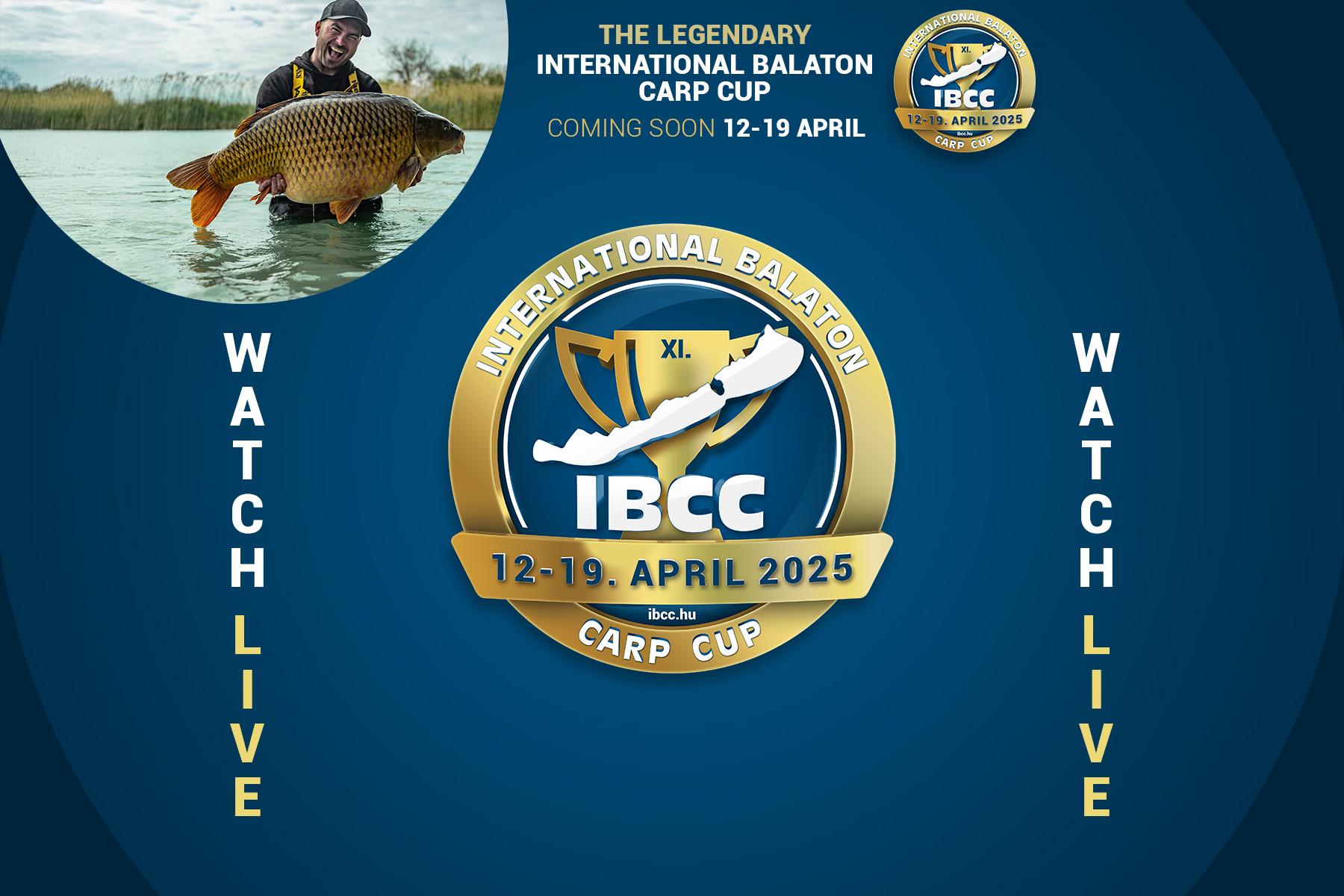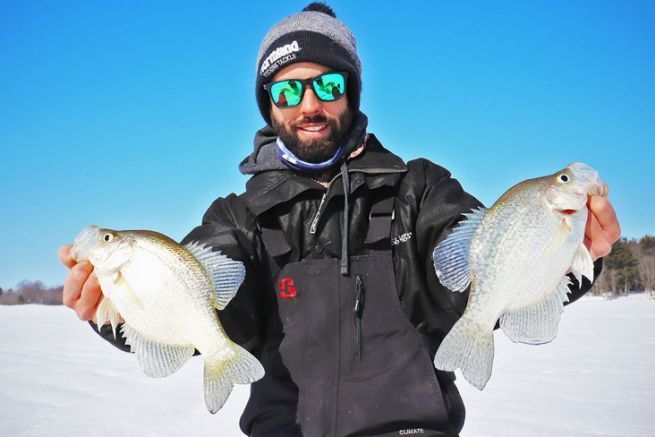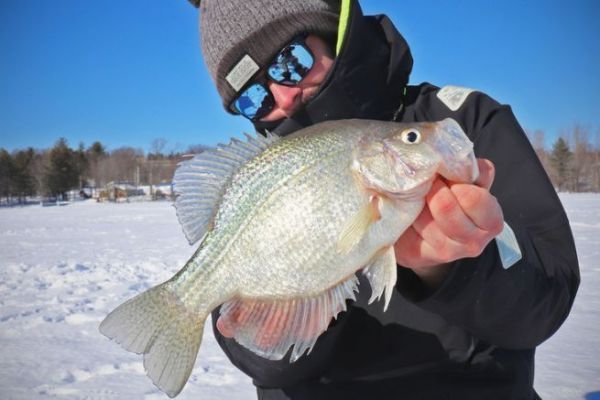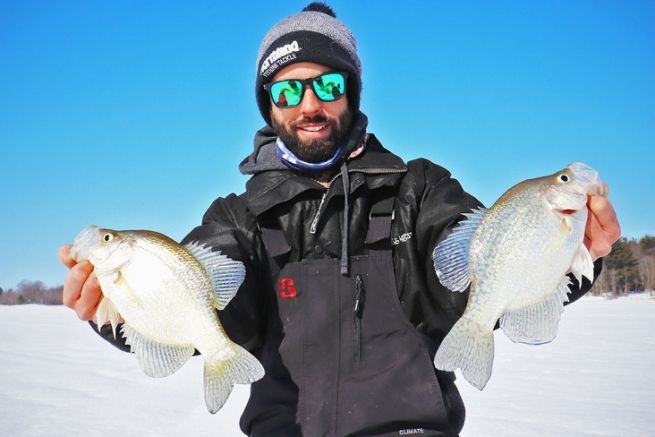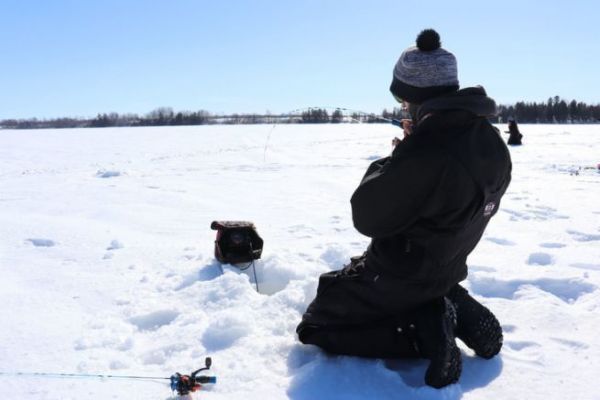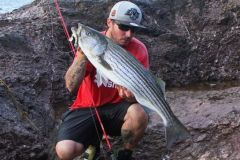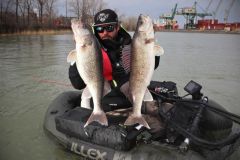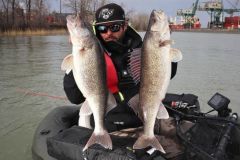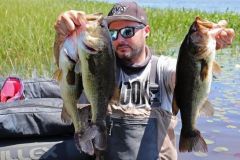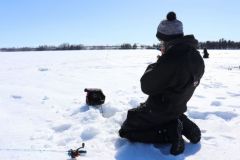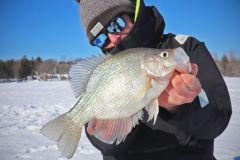Publicité
La marigane
The black crappie measures between 15 and 30 cm. Its food consists of insects and small fish. It is very common in North America, where it is a popular winter fish.
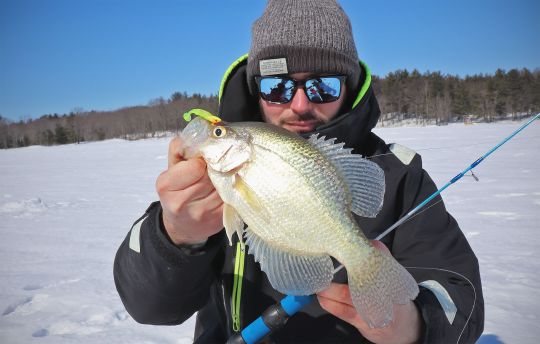
Decoys
In France, when the water is cold, anglers often tend to increase the size of their lures to give the fish a bigger bite. This is a good strategy, but here the water is so cold that the opposite effect occurs. That is, below a certain temperature, combined with the lack of sunlight caused by the thickness of the ice and snow, the fish remain active but only feed in small quantities to facilitate digestion. The lures used are those that can be animated vertically. In this case, soft lures are mainly used. Small lipless lures can also be used. For crappie, the size of soft lures is around 1 to 2 inches (2.5 to 5cm), to suit their reduced appetite.
Canes
Rod lengths should be kept to a minimum, between 70 and 90cm, to stay close to the hole being fished and to facilitate reeling in the fish. In view of outdoor conditions, it is preferable to use nylon or braid dedicated to ice fishing to avoid the line freezing in the rod rings.
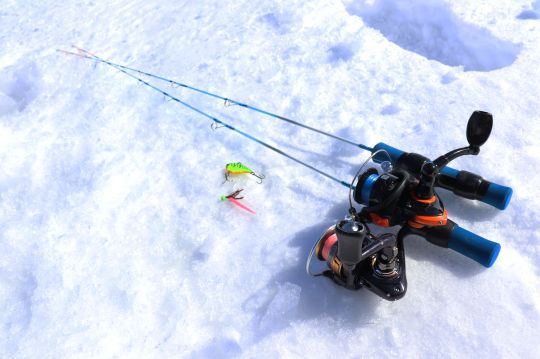
The fishing equipment itself is minimal and easily transportable. What forces the angler to stay in one place is more what I'd call "logistical" equipment, such as a sledge to transport equipment, an auger to make holes in the ice or a shelter with heating, to take a warm meal break.
Publicité
Publicité
Publicité
